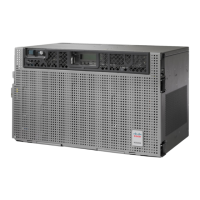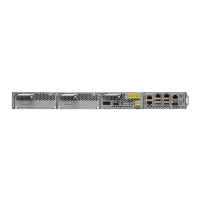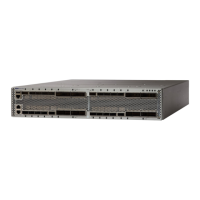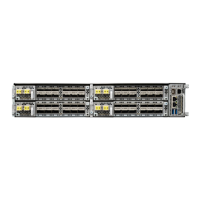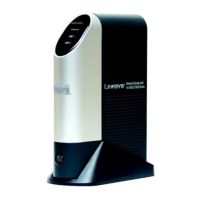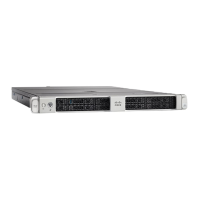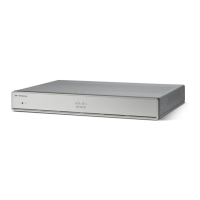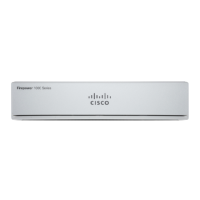If the condition does not clear, log into the Technical Support Website at http://www.cisco.com/c/en/us/support/index.html
for more information or call Cisco TAC (1 800 553-2447).
CARLOSS (EQPT)
Default Severity: Major (MJ), Service-Affecting (SA)
Logical Object: EQPT
A Carrier Loss on the LAN Equipment alarm generally occurs on MXP, TXP, or ADM-10G cards when the
system and the workstation hosting CTC do not have a TCP/IP connection. The problem involves the LAN
or data circuit used by the RJ-45 (LAN) connector on the control card or the LAN backplane pin connection.
This CARLOSS alarm does not involve an Ethernet circuit connected to an Ethernet port. The problem is in
the connection and not CTC or the node.
On TXP_MR_10G, TXP_MR_2.5G, TXPP_MR_2.5G, and MXP_2.5G_10G cards, CARLOSS is also raised
against trunk ports when ITU-T G.709 encapsulation is turned off.
A TXP_MR_2.5G card can raise a CARLOSS alarm when the payload is incorrectly configured for the 10
Gigabit Ethernet or 1 Gigabit Ethernet payload data types.
The CARLOSS alarm is also raised against multishelf management (MSM) ports of the external connection
unit (ECU) when the connection to the shelf subtending the node is improper.
Invisible laser radiation could be emitted from the end of the unterminated fiber cable or connector.
Do not stare into the beam directly with optical instruments. Viewing the laser output with certain
optical instruments (for example, eye loupes, magnifiers, and microscopes) within a distance of 100 mm
could pose an eye hazard. Statement 1056
Warning
Use of controls, adjustments, or performing procedures other than those specified could result in
hazardous radiation exposure. Statement 1057
Warning
Clear the CARLOSS (EQPT) Alarm
SUMMARY STEPS
1. If the reporting card is an MXP or TXP card in an NCS node, verify the data rate configured on the PPM
(also called SFP):
2. If the reporting card is an OC-N/STM-N card, verify connectivity by pinging the system that is reporting
the alarm.
3. If the ping is successful, it demonstrates that an active TCP/IP connection exists. Restart CTC:
4. Using optical test equipment, verify that proper receive levels are achieved. (For instructions about using
optical test equipment, refer to the manufacturer documentation.)
5. Verify that the optical LAN cable is properly connected and attached to the correct port.
Cisco NCS 2000 series Troubleshooting Guide, Release 11.0
147
Alarm Troubleshooting
CARLOSS (EQPT)
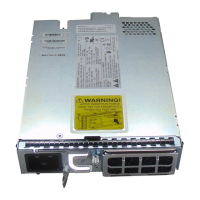
